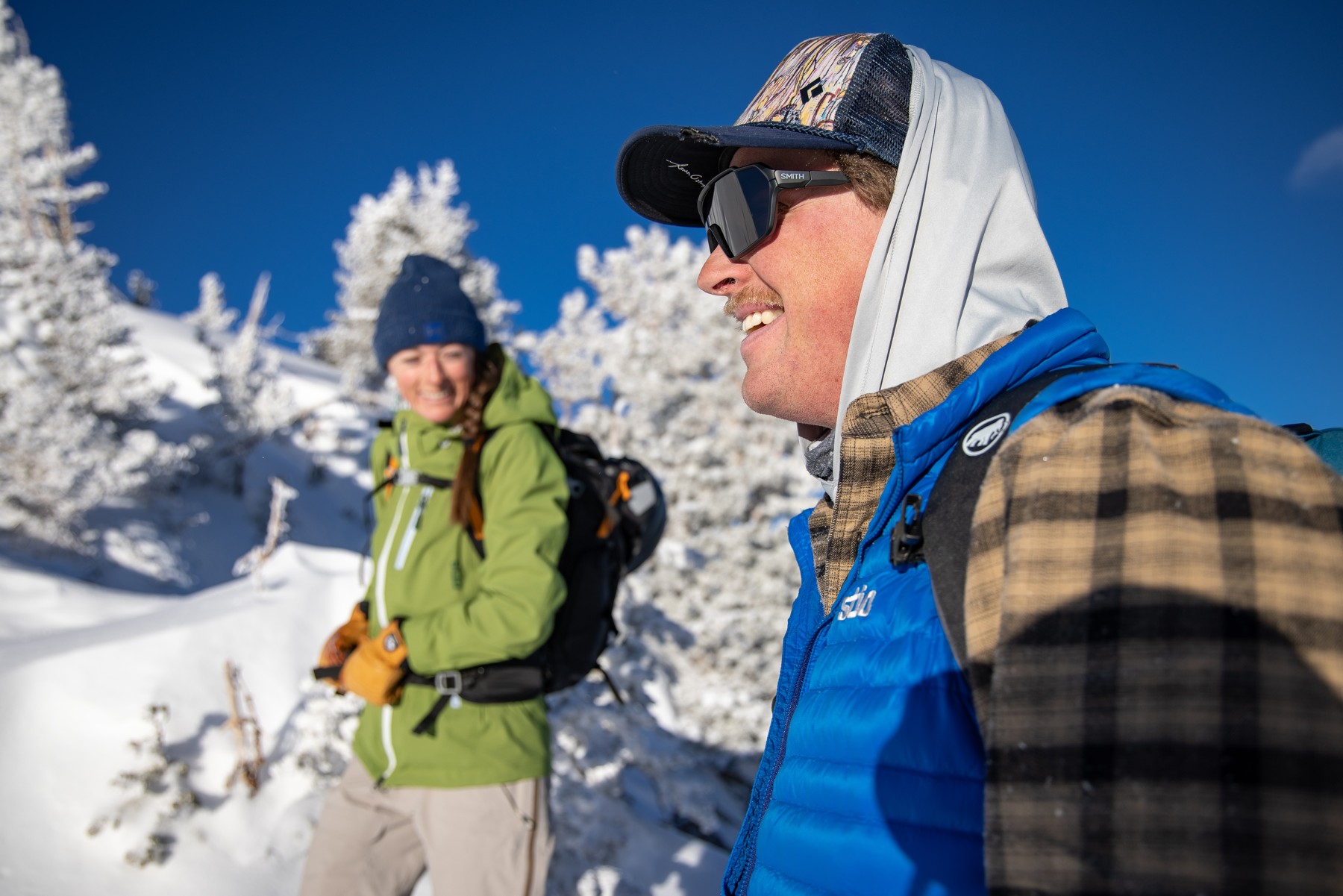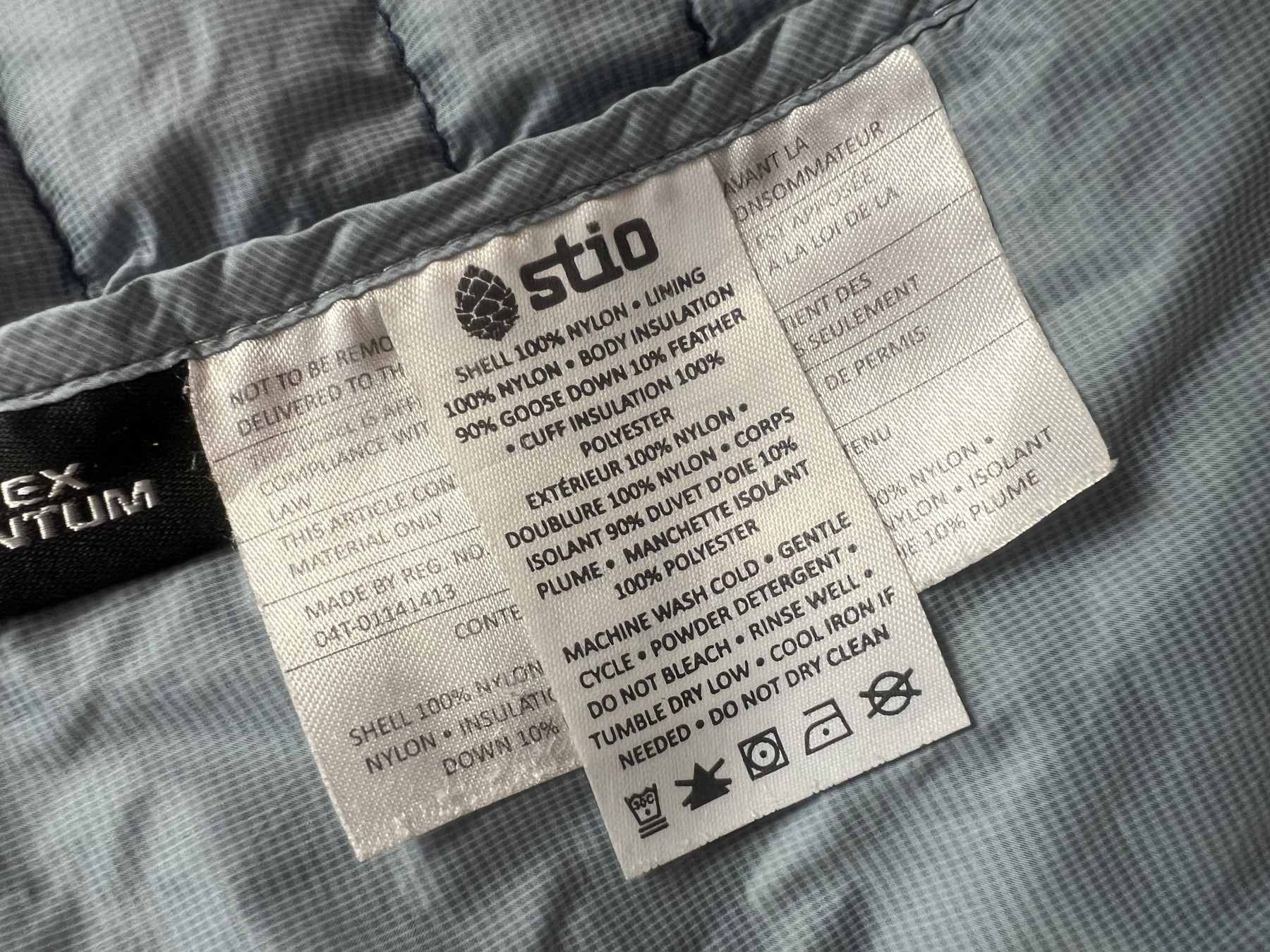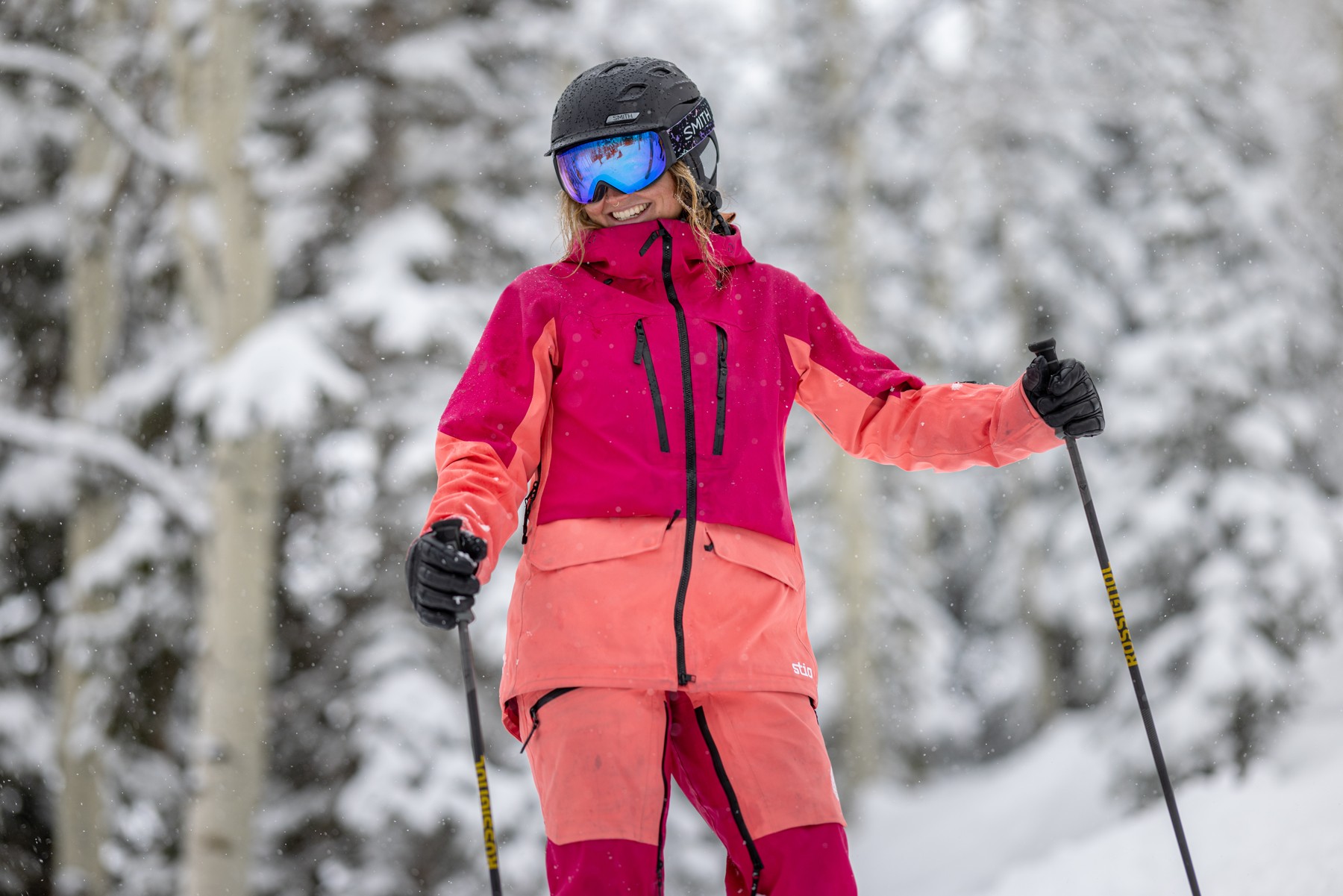As a mom of three kids, I have washed, literally, tons of laundry. I’ve seen it all and tackled the worst. . Clothes, sheets, soccer uniforms, and, yes, ski clothes have passed through my hands, and I’ve learned a few things.
1. Wash your Expensive, Non-Disposable Ski Gear!
While your shirts, socks and under items, hopefully, get washed regularly, your ski jackets and pants need some occasional attention, as well. Not just for aesthetics, but for performance. That pricey non-PFAS Durable Water Repellent (DWR) membrane, including Gore-TexⓇ, works best, miraculously keeping moisture out while mysteriously staying breathable, when it is free of debris, oil, and…gunk that it picks up on the outside shell and underneath.
2. We All Hate Doing Laundry, But…
Opinions differ on how often to launder ski jackets and pants, from every five-to-six ski days to once a season to "I'm supposed to wash my ski clothes?" but here is a simple guide: If you are a sweaty beast, wash it; if you want to impress a girl, wash it; if you take a whiff and you don’t think it smells so bad, wash it; or if you can’t remember the last time you did so, just wash it.

3. READ the Labels.
Yes, read those labels riddled with symbols that bothered you so much you cut them out. Do you know what will bother you more? Ruining your expensive ski jacket! Care labels are required by law on every single piece of clothing. Those universal symbols tell you how to wash and dry your coats, pants, base layers and even your underwear, including whether the items require hand washing and air drying. Pray that they don’t require handwashing.
You really did cut the label out? Most manufacturers anticipated this and put laundry care instructions on their websites.

4. Take your Hands Off the Laundry Soap and Fabric Softener!
Ski clothing has changed dramatically in the past decade to protect the garment and the environment, and you can’t just toss everything into the washing machine like you or your parents used to.
Waterproofing, windproofing, and insulation have improved ski clothing tremendously (read: Stio Gore-TexⓇ or micro puffy) and, not surprisingly, require different care to maintain performance. Although these jackets, pants, bibs and other items are designed to battle outdoor elements, they are rather delicate when facing traditional detergents and machines found in most homes.
Without taking a deep dive into chemistry (I didn’t understand it then and certainly don’t now), dirt, oil and grime degrade performance by, among other things, absorbing water, making it difficult over time for the clothing to repel it. Common detergents are often too harsh and leave behind residues that further degrade water repellency in technical ski clothing. Fabric softeners contain even more harmful chemicals and should never be added to your load of ski clothes.
Some pieces, like many underlayers, can tolerate ordinary laundry detergent, but others, including down and DWR jackets, cannot. Such soaps with surface-acting emulsifiers can destroy the weather protection in a single wash. If in doubt, go to the label or clothing manufacturer’s website for instructions and product recommendations, including a few listed below.
4. Yes, You Need to Buy Special Laundry Detergent.
Skiing is great fun; doing laundry is not. Worse yet, detergent is expensive, and you need to buy a specialized cleanser for ski gear. “Yes, you need to purchase . Forego buying the latte and croissant tomorrow, and you’ll be fine, sweetie.” Moreover, you need to know that there are different types of products for different types of gear. There are liquid detergents that you add to the tub to clean technical (Gore-TexⓇ and other DWR) gear and others for insulated (down and alternative-filled) clothing.
The manufacturer-applied DWR isn’t permanent, but you can restore it at home. First, check whether water is beading up (being repelled, not absorbed) on the fabric. If not, the DWR is failing, allowing moisture to get in and preventing sweat from getting out. There are sprays that are applied after washing to refresh or restore the waterproofing membranes. Garments, then, require air or tumble drying. For down-filled items, toss a few tennis balls (or clean toddler shoes) into the dryer to help break up any clumping.
Several products are available to clean and restore ski gear, e.g., Nikwax and Grangers. Want to get into an argument? Ask which one is better. It’s like my parenting philosophy, “A dispute is like a pancake; no matter how thin you make it, it always has two sides,” followed by, “Unless there’s blood, I don’t want to get involved.” Read the labels, check with manufacturers, do some research and decide. If you’ve done this much, you probably won’t go too wrong.
5. Oh, That Stain?
There is no such thing as the Laundry Fairy, the nymph that comes at night to remove the dirt stains from your yellow ski pants. Although I am a master at removing grass stains from pinstripe baseball pants and wine droplets from linen tablecloths, I have yet to find the formula for getting stains out of DWR ski jackets and pants. But here are a few tips and tricks to improve your chances.
First, treat the spot quickly. Time is your mortal enemy when it comes to stains. Like some snowboarders, if they get settled, they’ll never leave. Spot treat with water and a small amount of non-bleach detergent or mild dish soap (like Dawn’s). Dab, scrub with a soft cloth and blot dry. Repeat if necessary. Commercial stain removers may also be used but, like everything you’ve read, check the labels and manufacturers’ websites.
6. Just Tell Me How to Do It!
You’ve read the labels and picked up the detergents. Now, follow these simple guidelines for ski clothes and laundry, generally.
First, check every pocket for gum, lip balm, sunscreen, gummy bears, CHOCOLATE, tissues and anything else that will melt and meld into your ski clothes!!
Second, sort your items, like with like. Less is more in laundry and life. Ok, more powder skiing is better, but when it comes to laundering your ski clothes, it’s better to wash a single Gore-TexⓇ jacket with a single Gore-TexⓇ bib than to throw your and your buddies’ dirty duds (whatever size, color or material they are) in together to save a little time or money. Especially with front-loading washing machines, fewer similar items will come out cleaner. Although most ski clothes are color-safe, it just takes one red sock to prove the exception. So, go ahead and sort by color, as well.
Third, water temperature is a hot topic (no pun intended) in the laundry world. However, for effectiveness and environmental reasons, many experts agree that cold water is best for most loads. However, as always, check the label and detergent instructions.
Similarly, dryer temperature is the subject of debate. (Yes, people get very passionate about laundry.) However, there is no argument that many natural fibers abhor hot dryer temps. Some, including most wools, require air drying to keep their size and shape. Every parent patiently listens through at least one tear-filled story about the Madewell sweater that is now doll-sized. Others say that the heat of the dryer can help set in the newly washed in treatments.
Finally, as you walk in the door after your best ski day ever, start doing laundry. Sort and start the first load. Then, hit the hot tub or shower. Afterwards, toss washed items into the dryer, lay flat or hang them so they’re ready tomorrow. After 6-10 days or the last day of the season, give the DWR jackets, pants and anything else the special treatment so they’re ready to go when you are.















